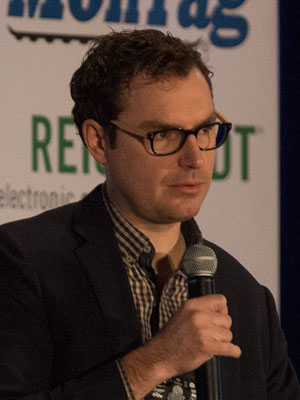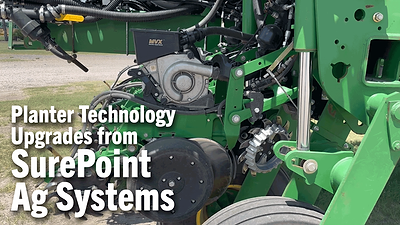The demand for prescription services has been steady, but slow. Most of our customers have the technology and equipment to employ a variable-rate strategy, but demand has been slow. We think these are the reasons:
- Our farmers have had a very profitable 5 years — they haven’t felt the need for any level of precision in their production. Some say, “I’ll just pound another $5 in nitrogen and will be good.”
- There are a multitude of offerings on the market and it feels like we’re heading into a “race to the bottom” in the prescription world. Companies are charging a prescription based on satellite imagery alone. We don’t think that’s sound science when soil measurements and sampling are key.
- Customers are confused about the various offerings and price models — they aren’t sure what they should be doing in this space. Go to any trade show and there’ll be a dozen booths expounding on what they can offer for $5/acre and solve every one of the farmer’s problems. There is a lot of “noise” in this space right now. While I don’t think we’re expensive in what we’re charging producers for the value we are building — we’re certainly not getting wealthy off it — it’s still tough to work through that noise.
So in response, last year we decided we needed to generate real data on the effect of this and the efficacy of what we are trying to do. The result is the Western Ag Research Project, a 1,200 acre farm close to our flagship store that can test the theories and process used for determining a variable-rate prescription for seed and fertilizer. The producer agreed to use the specific equipment and prescriptions that we’ve put together.
We’ve partnered with one of the large air drill manufacturers, Bourgault Industries, which owns a large share of the air drill market in the Canadian prairies and into North Dakota and Montana. We’ve committed to the project for 5 years.
Deploying our pure FieldSmart precision model and the full sized equipment our customers use, we can test our value. All of the data is shared publicly with our customers to demonstrate that there is a better way to raise crops simply by measuring what you do, testing the variables and trying to adjust them to for better results.
Diving into this first year of research farm data, it’s more apparent than ever that there is no magical platform. There are so many variables at play you need that seasoned human analysis.
The results illustrate a lot of the things we want customers to understand. For example, we could see how the elevation map of a field is substantially different than an EC map, and that the yield corresponds to the EC map, not the elevation map. You can review the year 1 results at WesternAgResearchProject.WordPress.com
We’re starting to confirm or challenge the beliefs about precision farming. It’s confirmed that for sound agronomic advice, we’ve got to know about the soil, we’ve got to do grid sampling, some EC mapping, some targeted sampling.
Really, our effort in doing and sharing this with producers is to show the value. Asking them to change the way they analyze and improve their production can be a bit of a hard sell. People don’t like being told what they’ve done for the last 25 years isn’t good anymore. We want to show them how they can improve by trying to manage things better.






